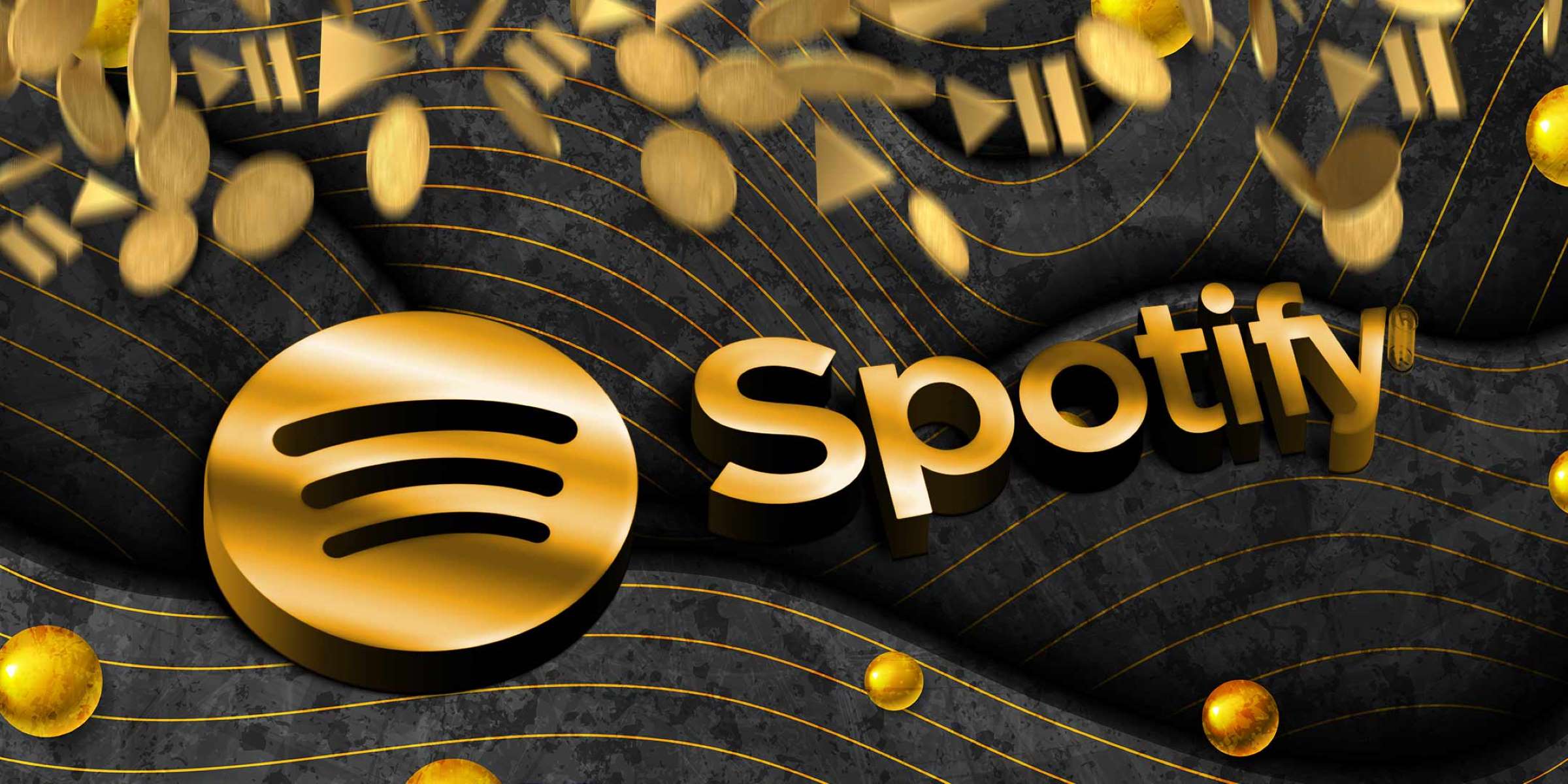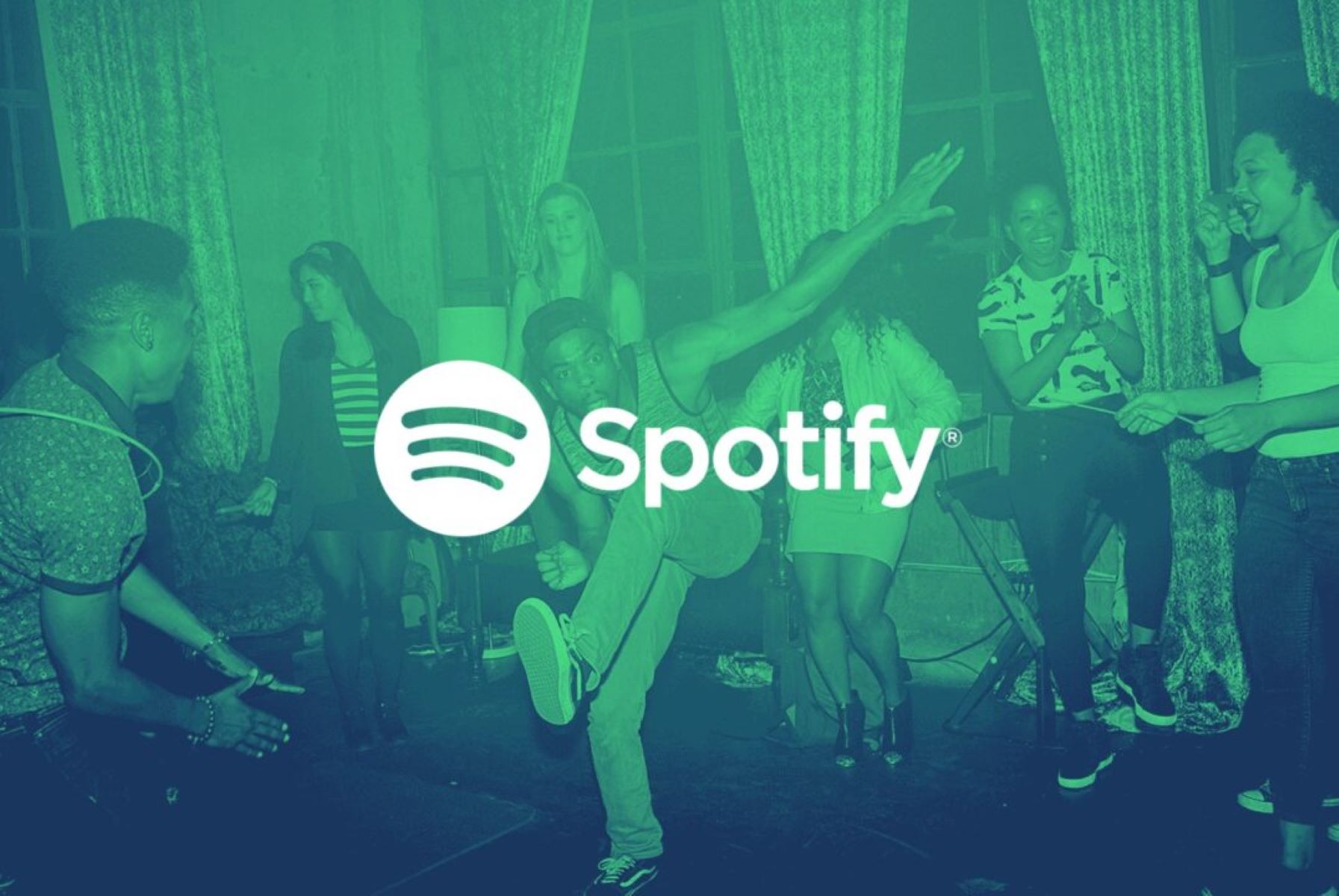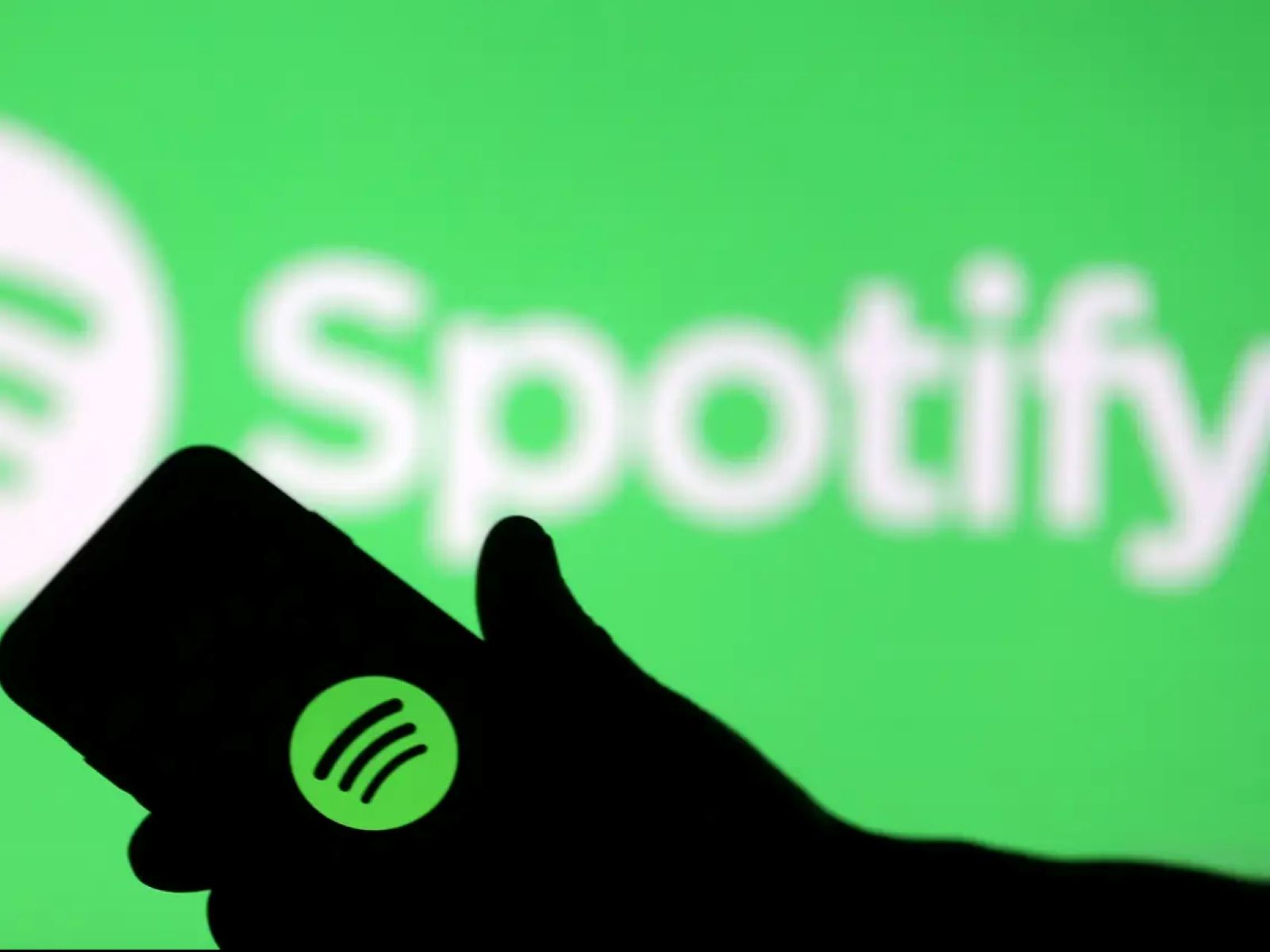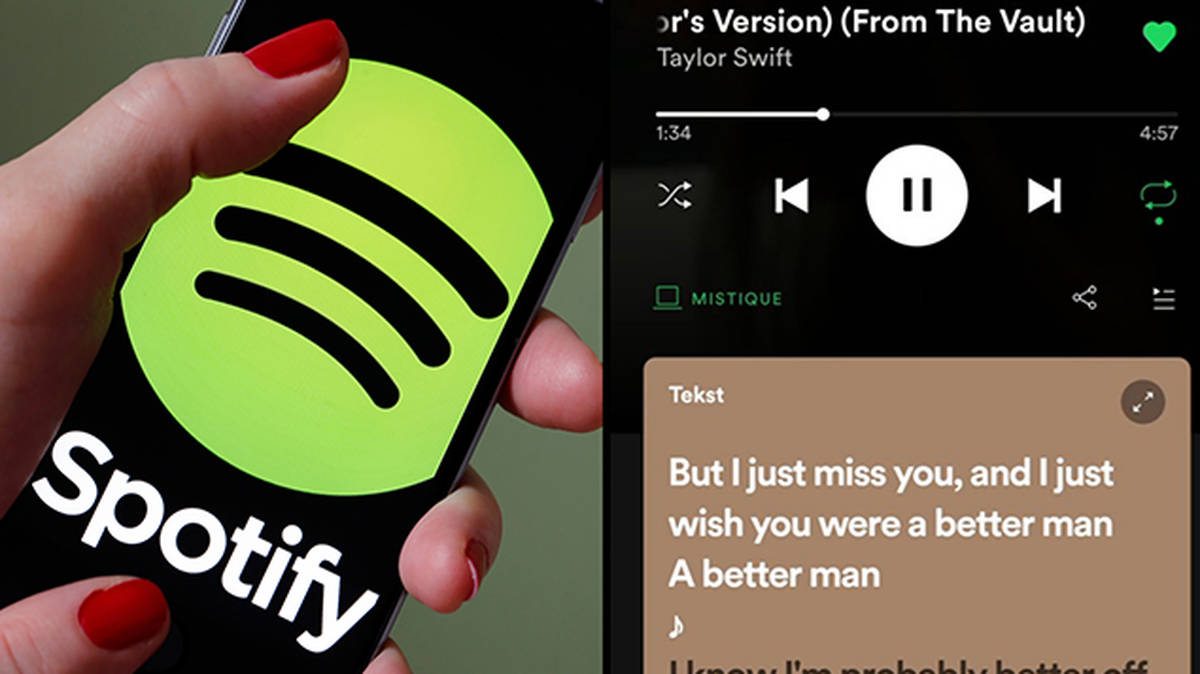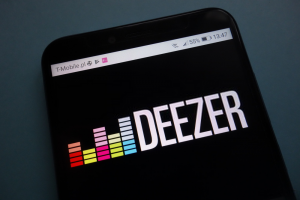Introduction
Welcome to the digital age, where music streaming has become the predominant way we consume our favorite tunes. With millions of songs available at our fingertips, platforms like Spotify have revolutionized the music industry. Artists and musicians now have the opportunity to reach a global audience and monetize their creations through streaming services.
However, amidst the plethora of songs and artists vying for attention, one question remains on the minds of many: How much does 1 million streams on Spotify actually pay? In this article, we will delve into the world of Spotify streaming and explore the factors that determine the revenue artists earn from their streams.
Before we explore the financial aspect, let’s understand the concept of Spotify streams. When a listener plays a song on Spotify, it counts as one stream. These streams collectively contribute to an artist’s total number of plays, which holds significant value not only in terms of popularity but also in generating revenue.
Streaming revenue is calculated based on various factors, including the total number of streams an artist receives, the country of the listener, and the specific type of subscription the listener has. While this revenue may seem insignificant for individual streams, it can accumulate substantially for artists with millions of streams.
In the next sections of this article, we will explore how streaming revenue is calculated, the average payout for 1 million streams on Spotify, and the factors that can influence these payouts. We will also take a closer look at how payouts compare on different streaming platforms.
Furthermore, we will provide strategies that artists can employ to maximize their streaming revenue and make the most out of their music on Spotify. Whether you’re a music enthusiast curious about the economics behind streaming or an aspiring artist looking to navigate the digital music landscape, this article aims to shed light on the financial aspect of 1 million streams on Spotify.
Understanding Spotify Streams
Before we dive into the financial aspects of Spotify streams, it’s essential to grasp how streams are tracked and counted on the platform. When a listener plays a song on Spotify, it is considered one stream. This stream is not only crucial for gauging an artist’s popularity but also plays a significant role in determining their revenue.
Streams on Spotify are counted for both free and premium subscribers. However, it’s important to note that streams from premium subscribers tend to generate more revenue for artists. This is due to the fact that premium subscribers pay a monthly fee for ad-free listening, and a portion of that fee is distributed to artists based on their total number of streams.
It’s also worth mentioning that Spotify has different tiers of subscriptions. The revenue generated from each stream depends on the type of subscription the listener has. For example, premium subscribers contribute more toward an artist’s revenue compared to those using the free version of Spotify.
Another factor to consider is the location of the listener. Spotify pays different rates per stream based on the country where the stream originates. This means that an artist’s revenue from 1 million streams can vary depending on the geographical distribution of their listeners. For instance, streams from countries with higher streaming rates generally contribute more to an artist’s earnings.
A key aspect to understand about Spotify streams is that they can come from various sources. Streams can be generated through curated playlists, user-generated playlists, radio features, algorithmic recommendations, and direct searches. Furthermore, repeat plays of a song by the same user count as additional streams. This aspect highlights the importance of building and engaging an active fan base to increase the number of streams.
Now that we’ve established the basics of Spotify streams, let’s move on to explore how streaming revenue is calculated and how artists earn from their music on the platform.
How Streaming Revenue is Calculated
Spotify calculates streaming revenue based on a complex formula that factors in various variables. The primary component in this calculation is the total number of streams an artist receives. Essentially, the more streams an artist accumulates, the more revenue they can generate.
However, it’s important to note that the revenue generated per stream is quite small. On average, an artist can expect to earn between $0.003 and $0.005 per stream. This means that for 1 million streams, an artist can potentially earn between $3,000 and $5,000. While this may seem like a substantial amount, it is essential to consider that these numbers can vary significantly depending on individual circumstances and factors such as the listener’s location and subscription type.
Another crucial aspect to understand in the revenue calculation is that streaming revenue is pooled together and distributed based on the artist’s share of total streams. This means that an artist’s total revenue is proportionate to the percentage of streams they receive compared to the total streams on the platform.
In addition to the number of streams, Spotify also takes into account the subscription type of the listener. As mentioned earlier, premium subscribers contribute more towards an artist’s revenue per stream compared to non-paying users. This is because premium subscribers directly contribute to the artist royalty pool through their subscription fees.
It’s worth noting that the revenue generated from streams can also vary based on the listener’s country. Spotify employs a regional streaming calculation model, meaning that the payout rates for streams differ depending on the location of the listener. Countries with higher streaming rates often yield higher revenue per stream for artists.
Now that we have explored how streaming revenue is calculated, let’s move on to the average payout artists can expect from 1 million streams on Spotify.
The Average Payout for 1 Million Streams on Spotify
While the payout for 1 million streams on Spotify can vary depending on several factors, it is possible to estimate an average range for artists’ earnings. As mentioned earlier, artists can expect to earn around $0.003 to $0.005 per stream on average.
Based on this range, if an artist reaches the milestone of 1 million streams, they can potentially earn between $3,000 and $5,000 from those streams alone. However, it’s crucial to remember that these figures are approximate and subject to fluctuations based on various factors, such as the listener’s location, subscription type, and playlist placement.
It’s important to manage expectations when it comes to streaming revenue. While earning thousands of dollars from 1 million streams may seem enticing, it’s important to understand that this income is spread across the entire duration of the streaming period, which can take months or even years. Therefore, it’s unlikely that artists will receive a lump sum payment for reaching 1 million streams.
Additionally, it’s worth noting that the payout for 1 million streams can differ for independent artists compared to those signed to record labels. Record label deals often involve revenue sharing agreements, where the label takes a percentage of the earnings before distributing them to the artists. This means that independent artists may retain a higher percentage of the revenue from their streams compared to those signed to record labels.
Ultimately, the average payout for 1 million streams on Spotify serves as a benchmark for artists to gauge their potential earnings. However, it should be viewed as an estimate rather than an exact figure, as there are various factors that can influence an artist’s actual earnings from streaming.
In the next section, we will explore the factors that can affect payout rates and delve into the comparison of payouts on different streaming platforms.
Factors Affecting Payouts
Several factors influence the payouts artists receive from their streams on Spotify. Understanding these factors is essential for artists to optimize their revenue and make informed decisions regarding their music distribution and promotion strategies. Let’s explore the key factors that can affect payouts:
1. Listener Location: The location of the listener plays a crucial role in determining the payout rate. Spotify has different regional streaming rates, meaning that the revenue per stream can vary depending on the country where the stream occurs. Countries with higher streaming rates generally offer higher payouts per stream to artists.
2. Subscription Type: The type of Spotify subscription that the listener holds also impacts the payout rate. Premium subscribers, who pay a monthly fee, contribute more to the artist royalty pool compared to users of the free version of Spotify. This means that artists generally earn more from streams by premium subscribers.
3. Playlist Placement: Being featured on popular playlists can significantly increase an artist’s stream count and revenue. The placement of a song on curated playlists, user-generated playlists, or Spotify’s algorithmic recommendations can greatly impact the number of streams and subsequently influence the artist’s overall payouts.
4. Streaming Volume: The total number of streams an artist receives is one of the primary factors influencing their payout. Artists with a larger audience and a higher number of streams will naturally earn more revenue. Building a dedicated fan base and engaging listeners through consistent releases and promotional efforts can help increase streaming volume and subsequently boost payouts.
5. Record Label Deals: Artists signed to record labels may have different payout structures than independent artists. Record labels often take a percentage of the revenue and distribute the remaining earnings to the artists. The terms of these agreements can greatly impact the amount artists receive from their streams.
6. Length of Stream: The duration of a stream also plays a role in revenue calculation. When a listener streams a song for a longer duration, the payout may slightly increase. This means that artists with longer songs might earn slightly higher payouts per stream compared to those with shorter tracks.
It’s important to note that these factors are not exhaustive, and the overall payout structure is complex and subject to change. Artists should stay informed about the latest updates and changes in the industry to make informed decisions regarding their music catalog and promotional strategies.
In the following section, we will explore how the payouts for 1 million streams on Spotify compare with other streaming platforms.
Comparing Payouts on Different Platforms
While Spotify remains one of the most popular music streaming platforms, it’s essential to consider the payouts and revenue potential on other platforms as well. Here, we will compare the payouts for 1 million streams on Spotify with some other prominent streaming platforms:
1. Apple Music: Apple Music is another major player in the streaming industry. While Spotify generally has a larger user base, Apple Music offers a slightly higher average payout per stream. On Apple Music, artists can expect to earn between $0.006 and $0.008 per stream, which means that 1 million streams can potentially generate around $6,000 to $8,000 in revenue.
2. YouTube Music: YouTube Music is a popular platform for streaming music and music videos. However, the revenue generated from streams on YouTube Music is generally lower compared to Spotify. Artists can expect to earn around $0.0015 to $0.003 per stream, translating to approximately $1,500 to $3,000 for 1 million streams.
3. Amazon Music: Amazon Music offers various streaming options, including a premium subscription and ad-supported free streaming. The payouts on Amazon Music are generally similar to those on Spotify, with an average range of $0.003 to $0.005 per stream. Hence, 1 million streams on Amazon Music can potentially generate around $3,000 to $5,000 in revenue for artists.
4. Tidal: Tidal is a streaming platform known for its commitment to high-quality audio. In terms of payouts, Tidal provides higher rates per stream compared to most other platforms. Artists on Tidal can earn between $0.007 and $0.009 per stream, indicating a potential revenue range of $7,000 to $9,000 for 1 million streams.
It’s important to note that these figures are approximate and can vary depending on factors such as the listener’s location, type of subscription, and the platform’s payout structure. Additionally, royalty rates and payout structures can change over time as streaming platforms continue to evolve their business models and negotiate new licensing agreements with record labels.
When considering which streaming platforms to prioritize, artists should also consider factors beyond revenue, such as user base, platform-specific features, and their target audience’s preferred streaming platform. A diversified approach, in which an artist’s music is available on multiple platforms, can help maximize their reach and potential revenue.
Now that we’ve compared the payouts on different streaming platforms, let’s explore strategies for maximizing streaming revenue in the next section.
Strategies for Maximizing Streaming Revenue
While the payout per stream on streaming platforms may seem modest, there are several strategies that artists can employ to maximize their streaming revenue. Here are some effective strategies to consider:
1. Active Promotion: Consistently promoting your music is crucial for driving streams and increasing payouts. Utilize social media platforms, create engaging content, collaborate with influencers, and engage with your fan base to create buzz and increase your reach.
2. Playlist Placement: Getting your music featured in popular playlists can significantly boost your stream count and revenue. Research and pitch your tracks to relevant playlist curators, create your own playlists, and engage with playlisting communities to increase your chances of playlist placement.
3. Collaborations and Features: Collaborating with other artists and featuring on their tracks can introduce your music to new audiences and potentially increase your streaming numbers. Seek out artists with a similar vibe or fan base and explore collaboration opportunities.
4. Engage Your Fan Base: Building and nurturing a dedicated fan base is crucial for increasing streams. Engage with your audience on social media, respond to comments and messages, and create a sense of community around your music. Encourage your fans to stream and share your music with their networks.
5. Release Strategy: Plan your release strategy carefully to maximize the impact on streaming platforms. Utilize pre-save campaigns, timed releases, and targeted marketing to generate excitement and drive streams during the critical initial release period.
6. Distribute Your Music Widely: Make sure your music is available on multiple streaming platforms to reach a broader audience. Consider partnering with a digital distribution service to ensure your music is available on all major platforms and streaming services.
7. Utilize Data and Analytics: Take advantage of the data and analytics provided by streaming platforms to gain insights into your audience, track your performance, and make informed decisions regarding your music and promotional strategies. Adjust your approach based on the data and trends you observe.
8. Build a Strong Online Presence: Invest in creating a professional and engaging online presence. Maintain an up-to-date artist website, optimize your social media profiles, and utilize professional bio and press materials to enhance your credibility and attract new listeners.
By implementing these strategies and adapting to the ever-changing landscape of the streaming industry, artists can increase their streaming revenue and maximize their opportunities for success.
In the concluding section, we will summarize the key points discussed throughout the article.
Conclusion
Streaming revenue has become a vital aspect of the music industry, providing artists with the opportunity to reach a global audience and monetize their music. While the payout per stream may appear small, the accumulation of streams can result in significant earnings for artists.
In this article, we explored the world of Spotify streams and the factors that influence the revenue artists earn from their streams. We learned that Spotify calculates payouts based on the total number of streams an artist receives, with an average range of $0.003 to $0.005 per stream. Therefore, reaching 1 million streams can potentially generate between $3,000 and $5,000 in revenue.
Furthermore, we compared the payouts on different streaming platforms and discovered that platforms like Apple Music and Tidal offer slightly higher payout rates per stream. It’s essential for artists to diversify their presence across multiple platforms and consider factors beyond revenue, such as user base and target audience preferences.
Maximizing streaming revenue requires active promotion, strategic playlist placement, engagement with the fan base, and a well-planned release strategy. Artists should also leverage the data and analytics provided by streaming platforms to make informed decisions and adapt their strategies accordingly.
While the streaming landscape continues to evolve, understanding the nuances of streaming revenue and implementing effective strategies can help artists navigate this digital landscape and unlock the revenue potential of their music.
Ultimately, success in the streaming world goes beyond the raw numbers of streams and payout rates. It resides in the connection artists make with their audience, the quality of their music, and the ability to consistently engage and captivate listeners. By combining artistic talent with a strategic approach, artists can harness the power of streaming platforms to not only earn revenue but also build a sustainable and fulfilling music career.







